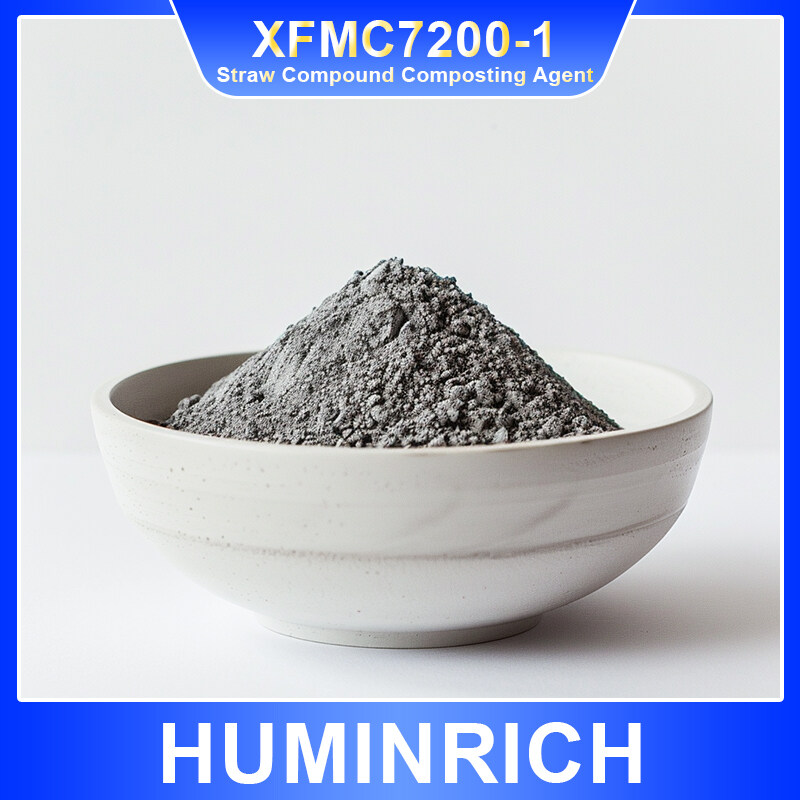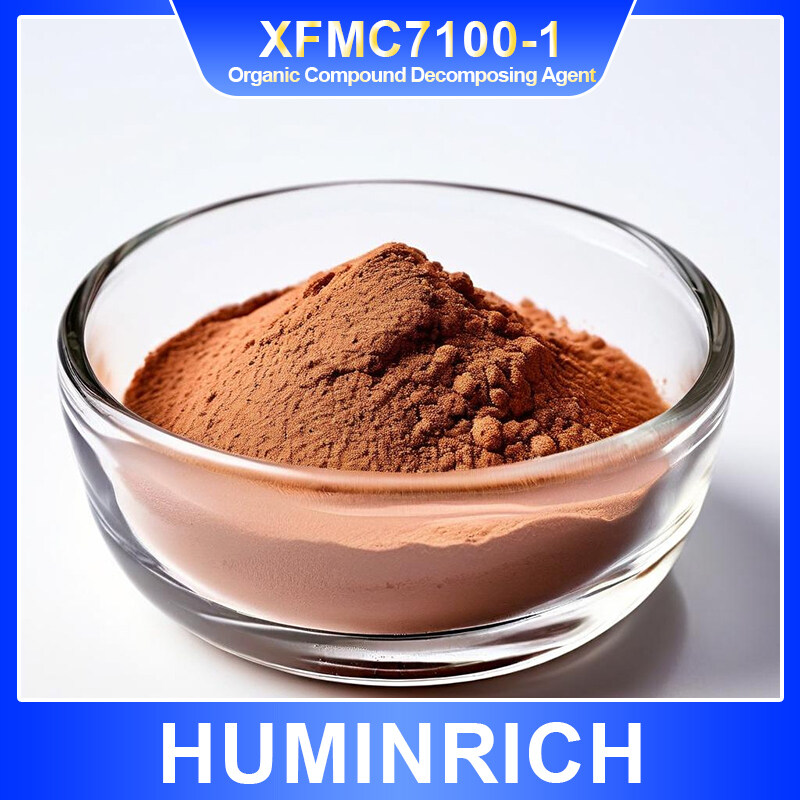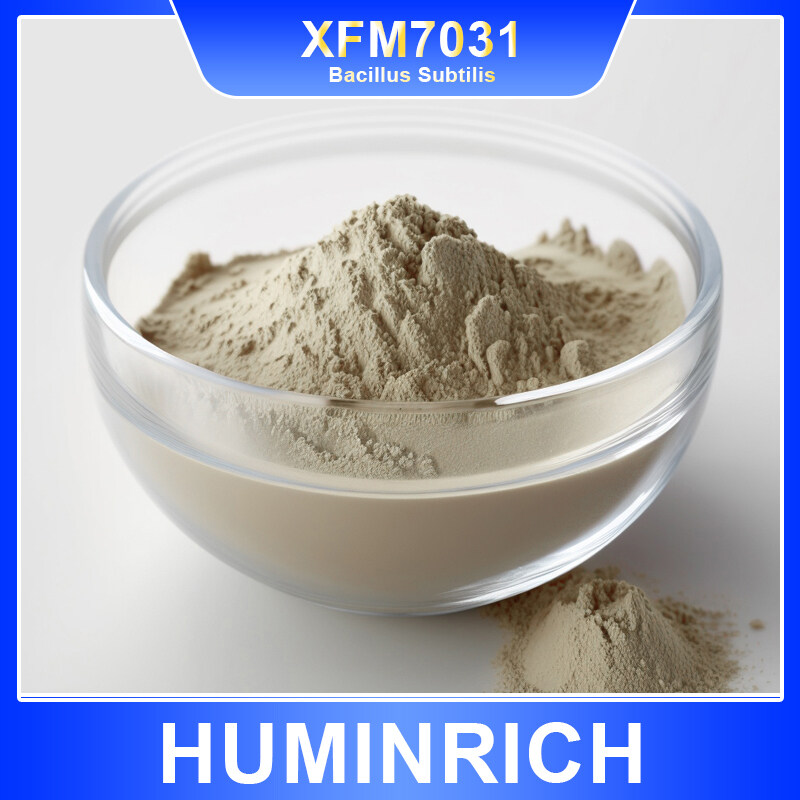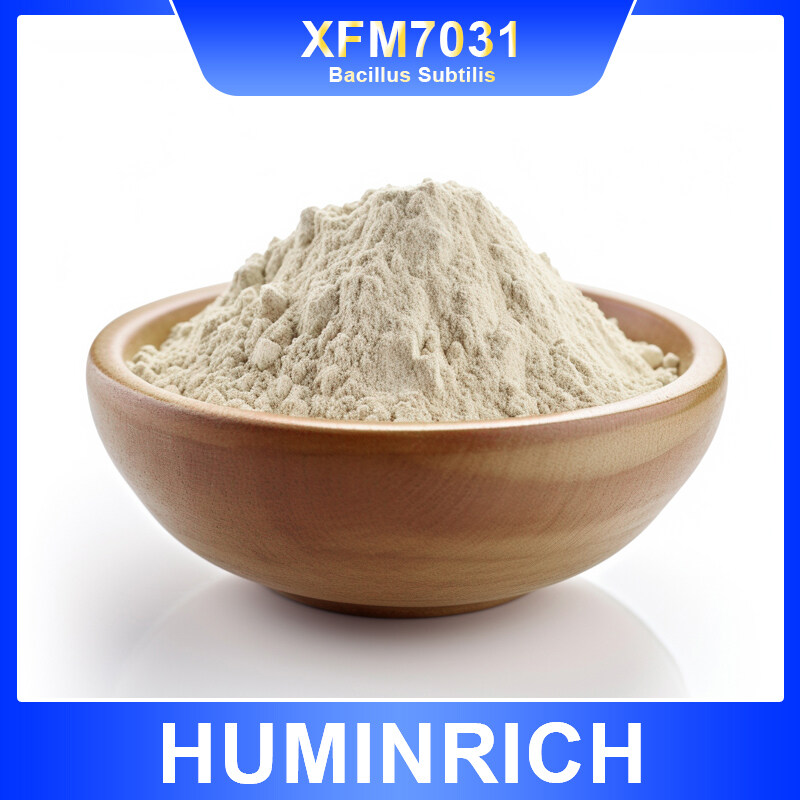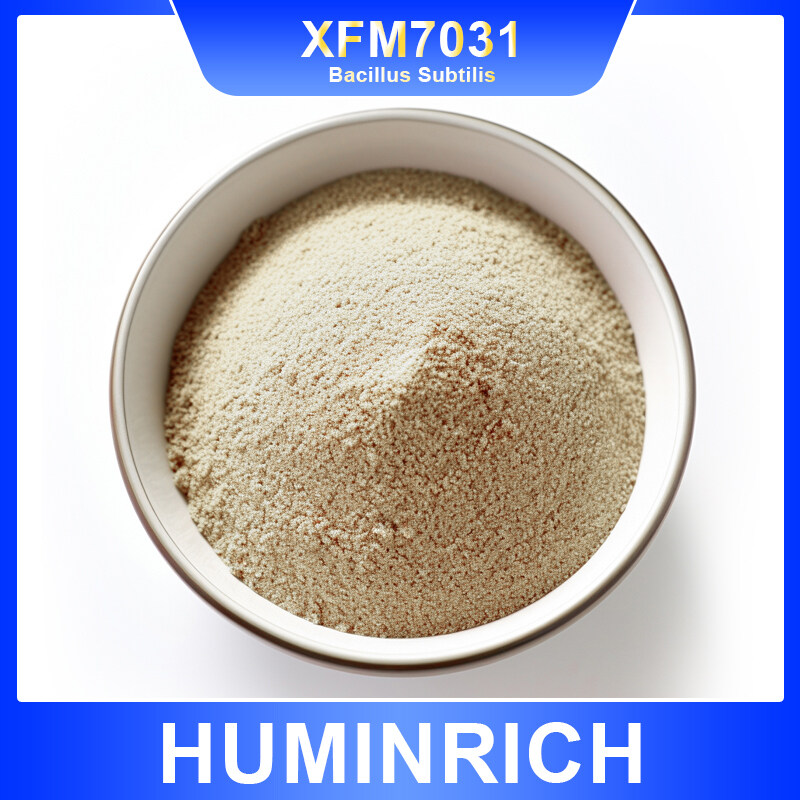Email format error
Email cannot be empty
Email already exists
6-20 characters(letters plus numbers only)
The password is inconsistent
Email format error
Email cannot be empty
Email does not exist
6-20 characters(letters plus numbers only)
The password is inconsistent

Straw Compound Decomposing Agent
Straw decomposition agent is a highly efficient living microbial agent, specially designed to accelerate the decomposition of various crop straws. As one of the decomposition agents for organic materials, it has strong biological decomposition ability. This ripening agent is composed of a variety of different microorganisms, including yeast, Bacillus subtilis, Bacillus lateralis, etc., and is also combined with complex enzyme preparations, such as cellulase, xylanase, protease, etc.
These microorganisms and enzymes work together to quickly convert organic waste such as straw into decomposed matter, thereby releasing the organic matter and key nutrients such as phosphorus and potassium contained in the straw. These nutrients can be quickly absorbed and utilized by plants to promote plant growth and development.
By using rice straw decomposing agents, not only can the organic matter content of the soil be greatly increased, but the quality of the crops can also be significantly improved, and ultimately the yield of the crops can be increased. The compound microbial content of this preparation is as high as 10 billion, which fully proves its strong biodegradation ability and wide applicability. It is an indispensable and valuable resource in agricultural production.
|
Type |
Model No. |
Chemical Name |
Comopund Beneficial Bacteria |
Compound Enzyme activity |
|
Compound Formula |
XFMC7100-1 |
Organic Compound decomposing agent |
1.0X10^10 CFU/g |
100-200u/g |
|
Compound Formula |
XFMC7100-2 |
Organic Compound decomposing agent |
2.0X10^10CFU/g |
200--500u/g |
|
Compound Formula |
XFMC7200-1 |
Straw compound composting agent |
1.0X10^10CFU/g |
500--1000u/g |
Straw Compound Decomposing Agent
|
Appearance |
Light Grey Powder |
|
Comopund Beneficial bacteria |
1.0X10^10CFU/g |
|
Compound Enzyme activity |
500-1000u/g |
|
PH(1% Solution) |
5.5-8.5 |
|
As |
<50ppm |
|
Pb |
<50ppm |
|
Hg |
<50ppm |
|
Cd |
<50ppm |
2. Product ingredients:
Yeast, Bacillus subtilis, Bacillus laterosporus, cellulase, xylanase, protease, etc.
3. Mechanism of action:
The mechanism of action of rice straw compost is mainly based on the microbial decomposition and enzyme decomposition of organic matter. This compost contains a large number of microorganisms such as yeast, mold, bacillus, and enzyme preparations such as cellulase and xylanase.
When the rice straw compost is applied to crop straw, the microorganisms in it will multiply rapidly and begin to decompose the organic matter in the straw through their own metabolic activities. At the same time, enzyme preparations also play a key role. They can decompose cellulose, xylan and other substances in the straw that are difficult to be directly used by microorganisms, and convert them into nutrients that are more easily absorbed by crops.
In this process, a large number of elements such as nitrogen, phosphorus, potassium and trace elements such as calcium, magnesium, manganese and molybdenum in the straw are gradually released, providing a rich source of nutrition for crops. This not only promotes the growth and development of crops, but also increases the organic matter content of the soil and improves the structure of the soil.
In addition, the decomposition process of rice straw compost can also generate heat and a certain amount of carbon dioxide. These heat and carbon dioxide are very beneficial to improving the growth environment of plants, promoting photosynthesis and respiration of plants, and further promoting the effective recycling of straw.
In short, rice straw compost effectively converts crop straw into the nutrients needed by crops through the principles of microbial decomposition and enzyme decomposition, and improves the soil structure and plant growth environment, thus realizing the effective recycling of straw.
4. Product process:
Fermentation culture of effective bacteria:
Raw material preparation: Select effective strains such as Bacillus subtilis, Saccharomyces cerevisiae, Aspergillus oryzae, etc.
Fermentation culture: Streak the refrigerated strains on the corresponding culture medium (such as beef extract culture medium, yeast extract culture medium and potato culture medium) and culture at a constant temperature overnight.
Colony screening and expansion culture: Select single colonies with large colony diameter and good growth trend for primary culture, and shake the culture for 9 hours after inoculation of liquid culture medium.
Seed tank and fermentation tank culture: Inoculate the primary seeds into the seed tank, maintain sterile air and constant temperature for 9 hours, and then press into the fermentation tank for fermentation until the fermentation end point is reached.
Adsorption to organic carrier:
Bacterial liquid preparation: Mix the fermented bacterial liquid in proportion to obtain a liquid bacterial agent.
Organic carrier selection: Bran, rice bran, peanut shells, etc. are mainly selected as adsorption carriers.
Mixing and packaging: The bacterial liquid and the organic carrier are evenly mixed by a horizontal mixing device, and the metering and packaging are carried out after the colony count requirements are met.
5. Process characteristics:
Good bacterial compound effect: Select a variety of effective bacterial strains, and use modern biotechnology to enable each bacterial community to coexist harmoniously and promote each other, achieving the effect of complementary advantages.
Easy operation and less labor: The entire production process has a high degree of automation, simple operation, and reduced manpower input.
Efficient decomposition: The microbial flora in the product can effectively decompose difficult-to-decompose substances such as lignin, cellulose and hemicellulose in crop straw.
Good fertilizer efficiency and low cost: Straw fertilizer treated with straw composting agent has good fertilizer efficiency and low input cost;
Environmental protection and sustainability: Treating straw with straw composting agent avoids environmental pollution caused by straw burning, and at the same time realizes the recycling of resources, which is conducive to the sustainable development of agriculture.
6. Product efficacy:
Accelerate the decomposition process: Rice straw decomposition agent can significantly accelerate the decomposition process of rotten rice straw and corn stalks. During the decomposition process, the organic acids produced can effectively dissolve in the mineral composition of the soil, activate soil nutrients, provide crops with a richer nutrient source, and avoid crop growth restrictions due to lack of nutrient elements.
Improve soil structure: The use of decomposing agents is beneficial to improving the physical and chemical properties of the soil, especially increasing the organic matter content in the soil. Organic matter is an important component of soil fertility. It can improve the water and fertilizer retention capacity of the soil, improve the soil structure, and provide a more suitable soil environment for crop growth.
Improve crop quality: By improving soil structure and increasing soil fertility, straw ripening agents can significantly improve crop growth conditions and improve crop quality. At the same time, the microbial flora in the decomposition agent can inhibit harmful microorganisms in the soil, reduce the occurrence of soil-borne diseases, and ensure the healthy growth of crops.
Enhance crop resistance: After using straw decomposing agent, crops can absorb more nutrients, thereby enhancing their ability to resist diseases and cold and drought. This helps crops maintain stable growth in adverse environments and improves crop stress resistance and adaptability.
Improve fertilizer utilization: Straw decomposition agent can accelerate the decomposition process of straw, allowing the nutrients in it to be absorbed and utilized by crops more quickly. This can not only improve fertilizer utilization and reduce the use of chemical fertilizers, but also reduce agricultural production costs and improve economic benefits.
Significant environmental benefits: the air pollution and soil pollution problems caused by straw burning are avoided during the straw decomposition process. Burning straw will produce a large amount of smoke and harmful gases, posing a serious threat to the environment and human health. The use of straw decomposing agents can convert these wastes into organic fertilizers to achieve resource recycling and environmental sustainable development.
Increase production and income: By promoting crop growth and increasing crop yield, the use of straw ripening agents can significantly increase farmers' income. At the same time, reducing the use of chemical fertilizers can also reduce agricultural production costs and improve the overall efficiency of agricultural production. In addition, the use of straw decomposition agents also has significant social and environmental ecological benefits, helping to promote the green and sustainable development of agricultural production.
7. Product application:
Straw decomposition agent is suitable for the treatment of a variety of organic wastes, including but not limited to livestock manure, crop straws, cakes, chaff, sludge, urban organic wastes and agricultural product processing wastes. These organic wastes are widely present in agricultural production and urban life. Through the treatment of straw decomposition agents, they can be effectively converted into organic fertilizers, providing nutrients for agricultural production, and at the same time realizing the resource utilization of wastes.
8. Usage and dosage:
First, the crop straw is crushed to better mix with the straw compost.
Then, add the straw compost at a ratio of 2-10kg per hectare (ha). This ratio can be adjusted according to actual conditions, but it is generally recommended to use it within this range.
In order to improve the effect of the straw compost, it is recommended to mix the compost with moist soil with a moisture content of 10-15%. When mixing, the compost can be evenly spread on the straw, and then covered and mixed with moist soil.
After mixing evenly, the treated straw is piled in the field or designated treatment area for natural fermentation. During the fermentation process, the organic matter in the straw will be gradually decomposed by the microorganisms in the straw compost and converted into organic fertilizer.
Depending on the weather and the specific conditions of the compost, the straw pile can be turned appropriately to promote the uniformity of the fermentation process.
After the fermentation is completed, the obtained organic fertilizer can be directly used in agricultural production to provide nutrition for crops and improve soil fertility.
9. Precautions:
1. Store in a cool and dry place, and prohibit strong light exposure
2. Avoid mixing and mixing with strong acids, strong alkalis, volatile chemicals and fungicides
3. According to different materials, ambient temperature, moisture content and other conditions

